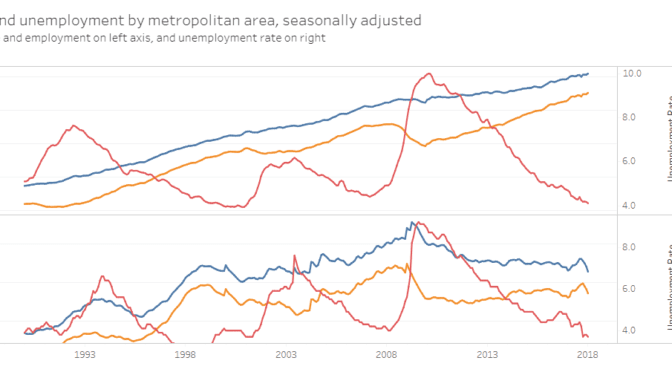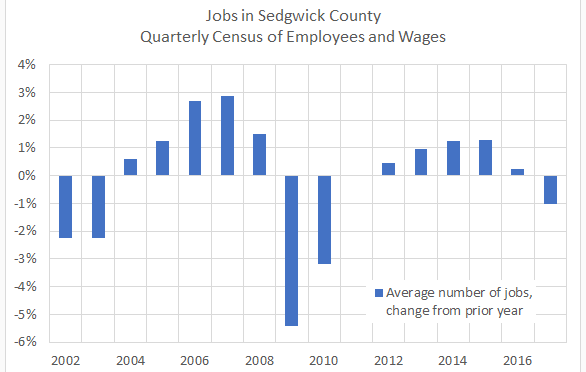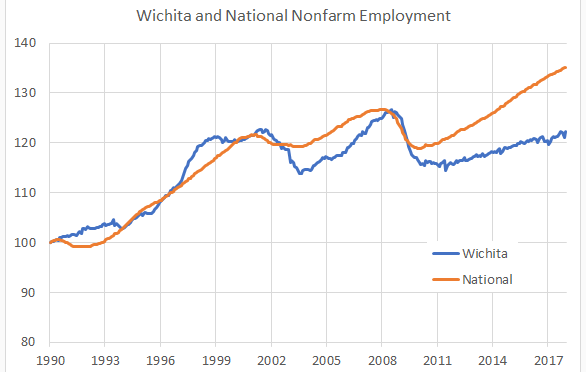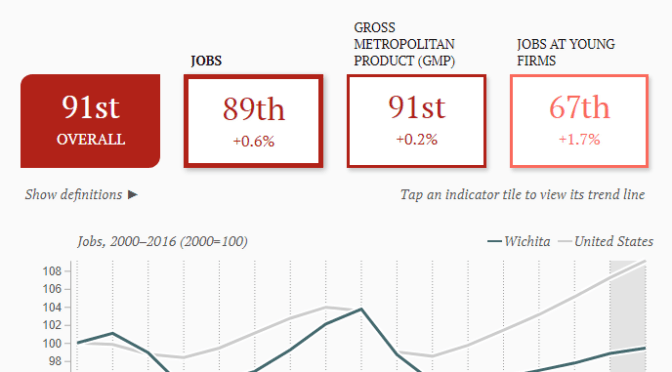An important detail regarding Naftzger Park in downtown Wichita is unsettled, and Wichitans have reason to be wary.
In the developer agreement regarding Naftzger Park passed on December 19, 2017, there was this: “The City and the Board will cooperate with Developers, upon Developers’ request, to create an Annual Master Calendar of private and public events for the Park, with the expectation that the Developers will have the use of the Park for certain private events.” 1 (In this agreement, “Board” refers to the Board of Park Commissioners of the City of Wichita, Kansas.)
Recently I asked the city if this master calendar had been created, or if there was a framework for determining how many private events can be held. According to the city, decisions are ongoing, and “According to Park & Recreation officials, what can be shared now is that the City will create and maintain a master calendar of events and programming. The developer will share in the programming responsibility and host several events throughout the year. Collaborating will ensure that the park is programmed well and active.”
Wichitans should not take comfort in learning this. We can easily imagine where the developer will want to have private events often, especially if homeless people continue using the park as a gathering spot, as is their right. “TGIF kickoff, tonight at Naftzger Park! Drinks and hot hors d’oeuvre! $15 to enter, free to residents of Lofts at Spaghetti Works and partners at Martin Pringle.”
Could this happen? How often could this happen? These are open questions, and we’re being asked to trust that city bureaucrats will negotiate a good deal for the entire city.

We shouldn’t trust the city to get a good deal for the average Wichitan. Even if the city strikes a deal that looks good, we should not trust the city to enforce the deal. Here’s an example to illustrate why.
In 2012 the city negotiated a deal with a private developer regarding an apartment development. As part of the deal, the city negotiated a provision that requires the apartment developer to pay “Additional Annual Rent” if certain conditions were met. To the casual observer, that might seem like a magnanimous gesture by the apartment developer. It made it look like the city was been a tough negotiator, hammering out a good deal for the city, letting citizens profit along with the apartment developer.
But the list of costs the developer could deduct before determining “additional annual rent” was broad, including the ability to contribute to reserve funds that would be owned by the developer. At the time, I observed, “We can be sure that if this project was ever in the position where it looked like it might have to remit ‘Additional Annual Rent’ to the city, contributions to these reserve funds would rise. Then, no funds paid to the city.” 2
As it turns out, the city did not enforce this agreement. It didn’t even ask for the information needed. Last year I became aware that the city did not ask for, and the developers did not produce, annual reports. 3
So might it happen that the private developments adjacent to Naftzger Park treat the park as their own? Recall that these developers have taken advantage of nearly every available program to fund their private developments. 4 Included in the list of benefits is a new benefit the city has offered only once before, to my knowledge: The city is paying the developer for parking spaces, on the theory they will be available to the public when the development does not need them.
Many of these benefits to the developer appeared only after the Wichita city manager said the development would not proceed, as the Wichita Eagle reported: “Plans to tear up and rebuild Naftzger Park downtown have been shelved indefinitely, after developers who own neighboring property pulled out of working with the city, Wichita City Manager Robert Layton said Friday [November 17, 2017].” 5 Somehow the deal was quickly revived, with even more taxpayer-funded benefits to the developer.
Should Wichitans trust the city to negotiate a good deal, and if it does, to enforce it? In my experience, the answer is no.
—
Notes
- DEVELOPMENT AGREEMENT between the CITY OF WICHITA, KANSAS, BOARD OF PARK COMMISSIONERS OF THE CITY OF WICHITA, KANSAS, SENECA PROPERTY, LLC, and SUNFLOWER WICHITA, LLC Dated as of January 19, 2018. Section 3.12. In the agenda packet for the December 19, 2017 Wichita city council meeting. ↩
- Weeks, Bob. Wichita WaterWalk apartment deal not good for citizens. Available at https://wichitaliberty.org/wichita-government/wichita-waterwalk-apartment-deal-not-good-for-citizens/. ↩
- Weeks, Bob. Wichita WaterWalk contract not followed, again. Available at https://wichitaliberty.org/wichita-government/wichita-waterwalk-contract-not-followed/. ↩
- Weeks, Bob. Naftzger Park project details. Available at https://wichitaliberty.org/wichita-government/naftzger-park-project-details/. ↩
- Lefler, Dion. Naftzger Park won’t be torn down, rebuilt after Spaghetti Works developer pulls out. Wichita Eagle, November 17, 2017. Available at http://www.kansas.com/news/politics-government/article185304103.html. ↩



















